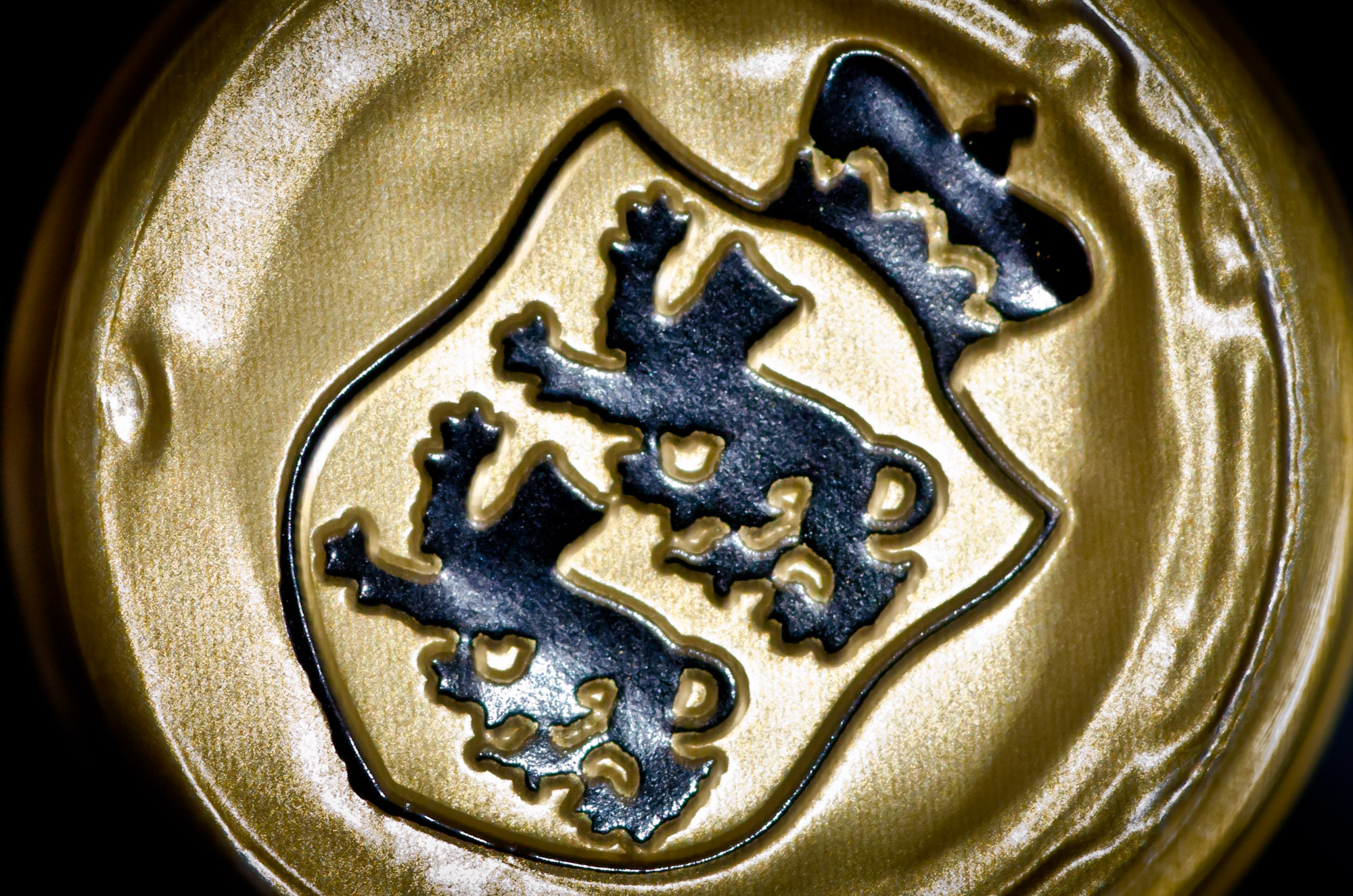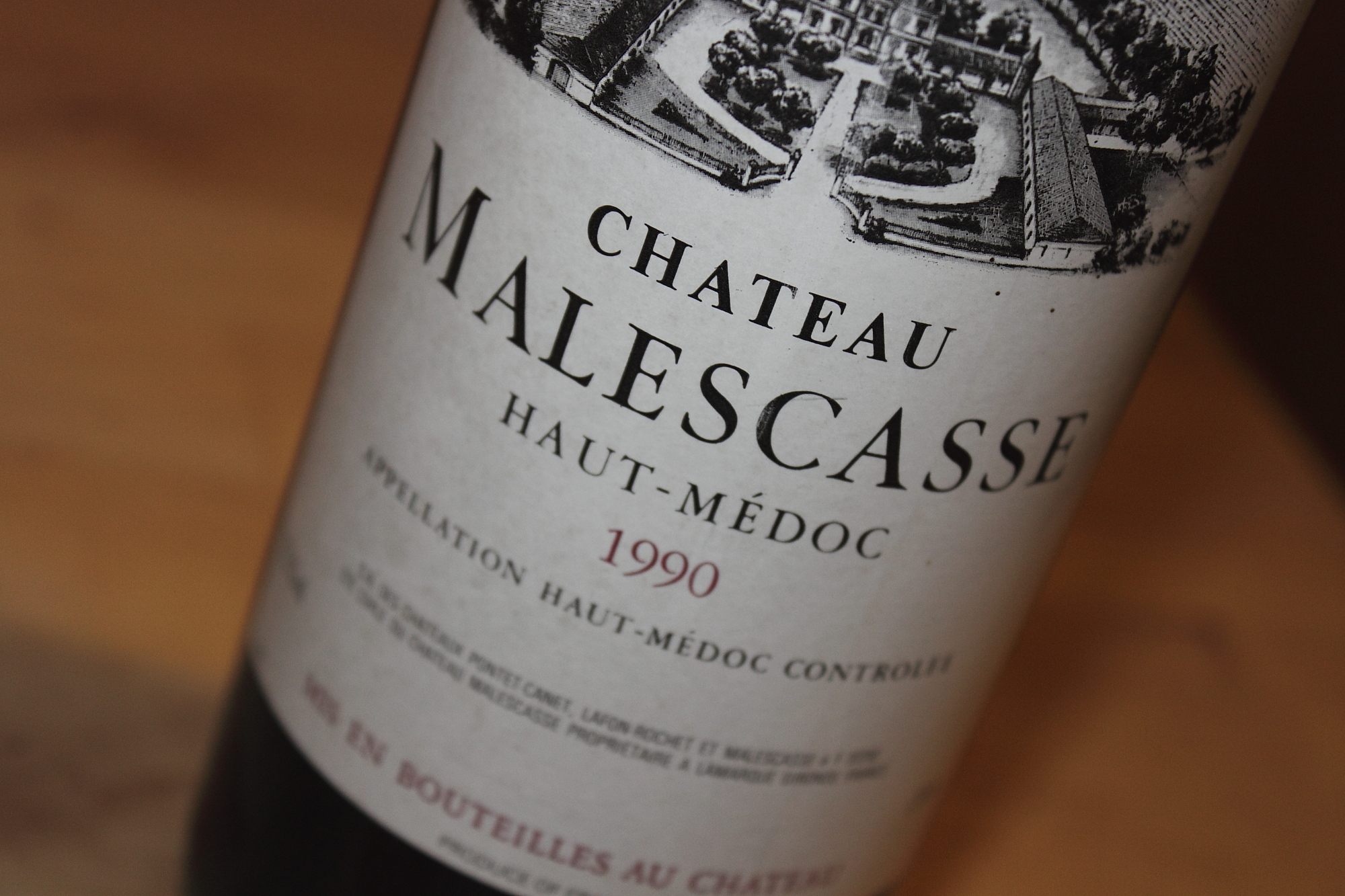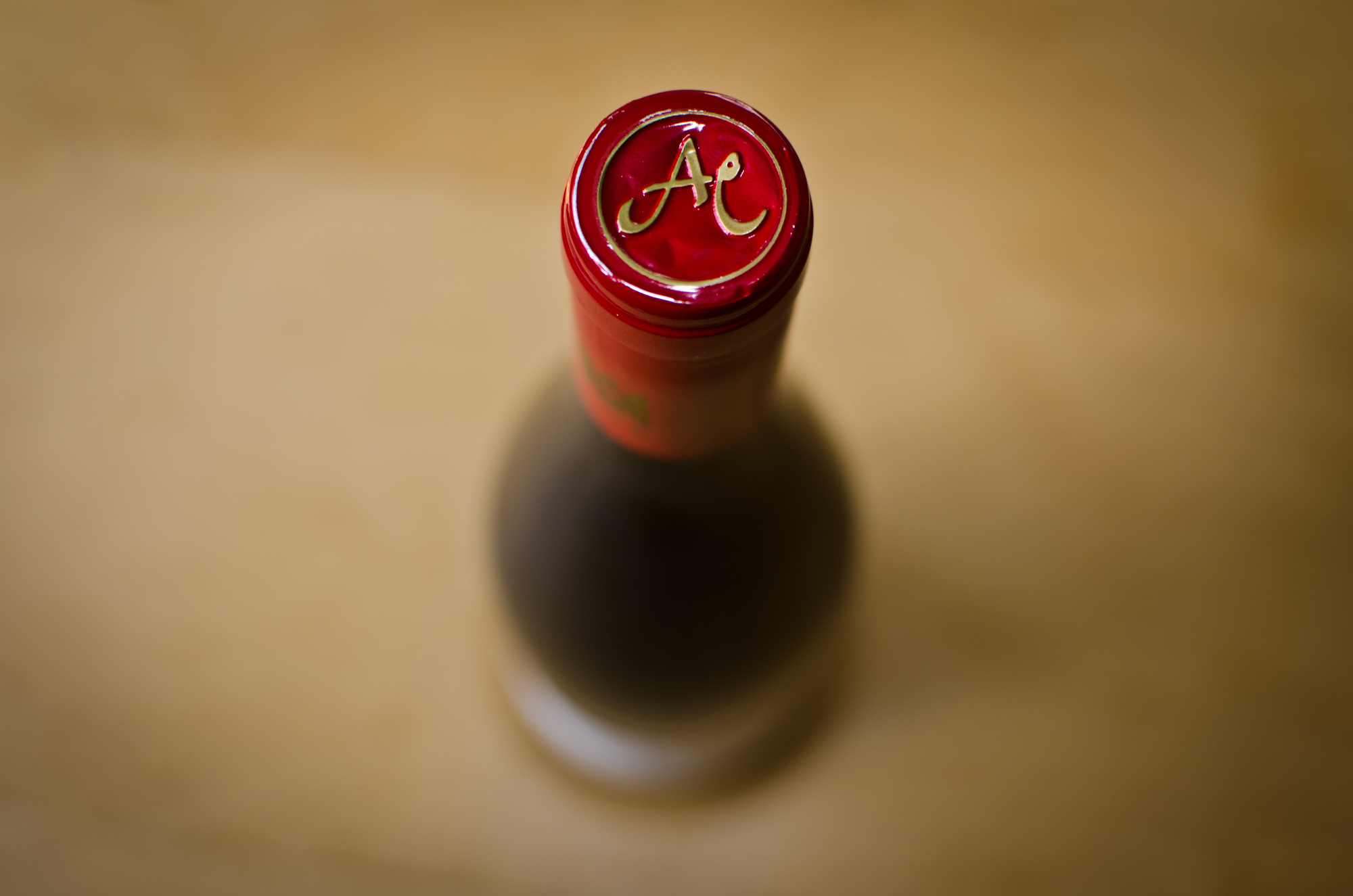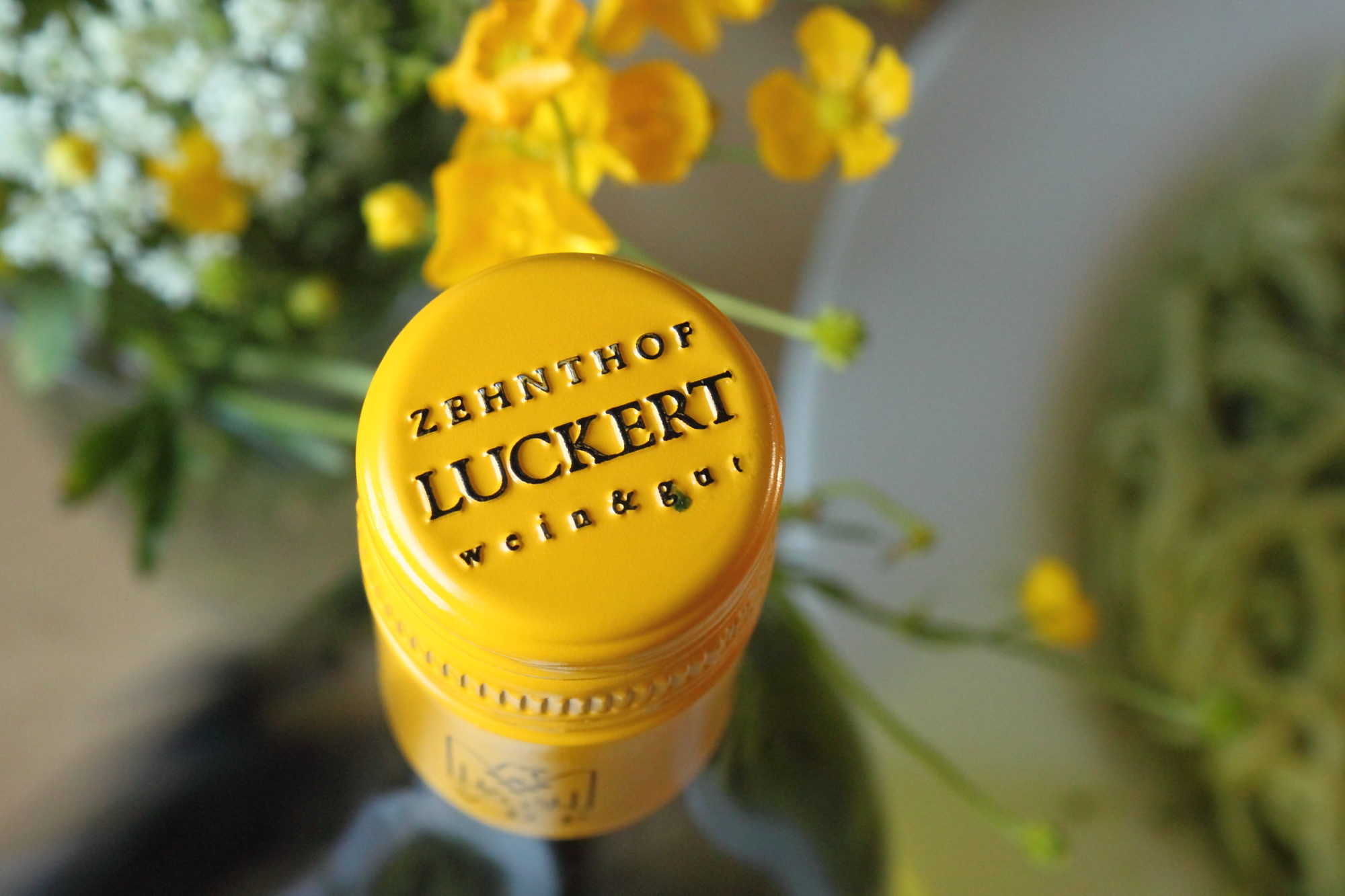Fürst Hohenlohe-Oehringen, Verrenberg, Riesling GG, 2009
Whenever I come across good wine from the Württemberg region, I feel some irrational pride - irrational if you consider that while I have been born there, I left my Swabian homeland many years ago and have never looked back. While I went away, others clearly thought it was good to move to Swabia - at least in the middle ages when the noble family of Hohenlohe acquired property in Öhringen, north-east of Stuttgart. They clearly liked it there and after some branching in and out, some pruning etc., there is still a branch of the famous family residing there, the Hohenlohe-Oehringens.

Instead of quelling peasant rebellions, the Hohenlohe-Oehrigens of today are growing wine, organically of course. Like this grand cru Riesling.

 And when I woke up this morning with the rain lashing against the windows, I knew it : Tonight is its night.
And when I woke up this morning with the rain lashing against the windows, I knew it : Tonight is its night. 






